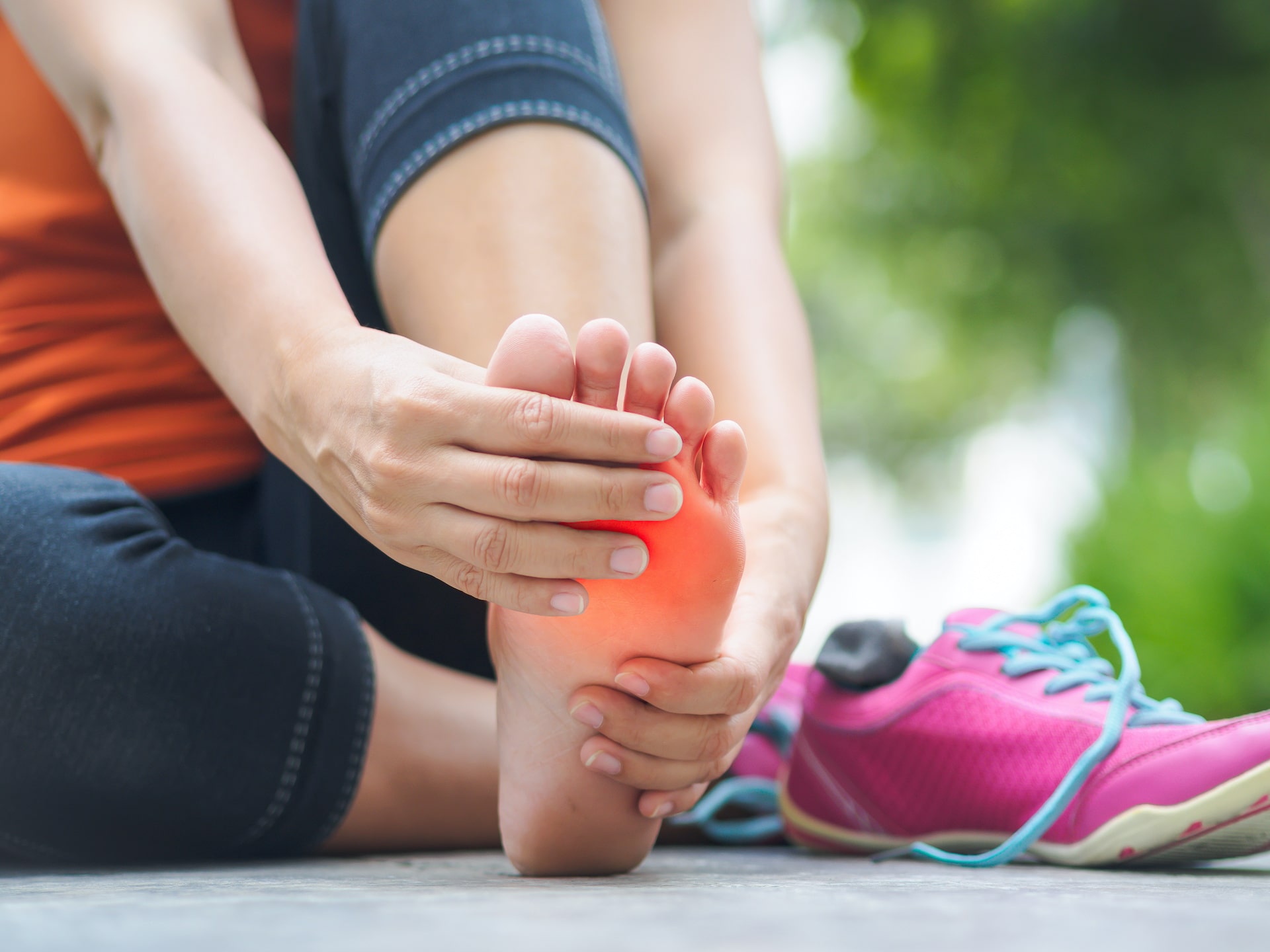What is Peripheral Arterial Disease?
Many people blame cold limbs on having “poor circulation,” but what does this really mean? In a patient with Peripheral Arterial Disease (PAD), “poor circulation” refers to a narrowing of the arteries that pump blood into the extremities — which restricts the amount of oxygen and nutrient-rich blood that feeds your arms and legs. A diagnosis of PAD is often related to additional diseases associated with the cardiovascular system, which can increase risk of injury to the brain and result in stroke or heart attack. It is important to be evaluated for PAD if you have regular leg cramping with no apparent cause, along with other symptoms such as cold or numb legs and feet, as untreated PAD may have negative consequences for not only your leg and foot health, but for your overall health as well.
What does PAD have to do with my leg and foot health?
The first signs of PAD are often found in the legs and feet due to restricted blood flow. As blood flow decreases to these areas, other problems typically increase. Early intervention and proper treatment of PAD are essential to keeping your feet and legs healthy for many years to come. If you are diabetic, the situation can become critical without proper management.
It is common for patients with PAD to suffer from benign but bothersome irritations such as leg cramping, but they are also far more likely to suffer from complications from minor wounds that those without PAD won’t experience. In patients without PAD or other underlying disease, small cuts, blisters, and other wounds will usually heal easily and with minimal intervention.
However, in a patient with PAD, the reduced blood flow to the legs and feet means a reduction in healing oxygen and nutrients to the area. Without blood-oxygen and other components of the blood, these minor wounds and injuries either heal much more slowly than they should, or may not heal at all. This leaves you open to a variety of infections and require a much higher level of care to manage such wounds. Even foot problems such as hammertoes, bunions, fungal infections, or ingrown toenails become much more serious in patients with PAD. Without early and proper medical treatment, patients with PAD may face complications such as amputation.
What if I have diabetes and PAD?
Patients with diabetes must take extra precautions in monitoring the health of their legs and feet, as they are at greater risk of developing peripheral neuropathy, which may cause the symptoms of PAD to be less obvious. PAD, diabetes, and peripheral neuropathy can occur independently of one another, but they often go hand-in-hand, and diabetics are at significantly greater risk for amputation related to injuries or wounds that are left untreated. Often, diabetic patients with PAD or neuropathy simply aren’t aware that they have wound or injury in the first place.
If your leg cramps seem to occur spontaneously, don’t go away no matter what you do, or are interfering with your ability to sleep or enjoy life, schedule an appointment or call Kansas City Foot Specialists today at (913) 338-4440. Our podiatrists are here to evaluate your symptoms, examine your legs and feet for wounds or injury, and to help you manage your PAD, peripheral neuropathy, diabetic foot and leg concerns, and more.
Source:



